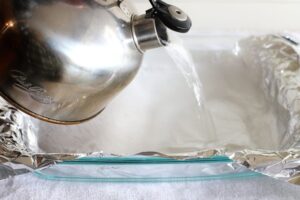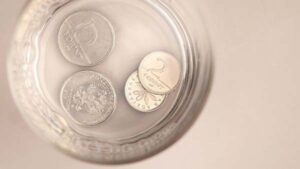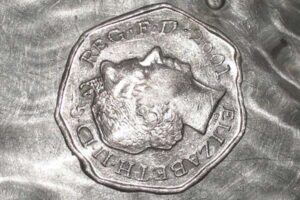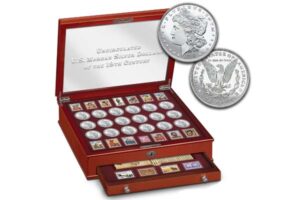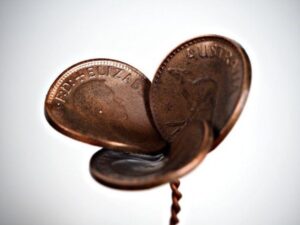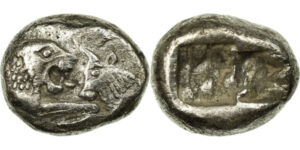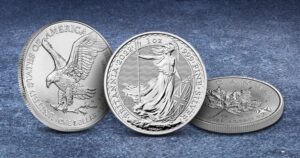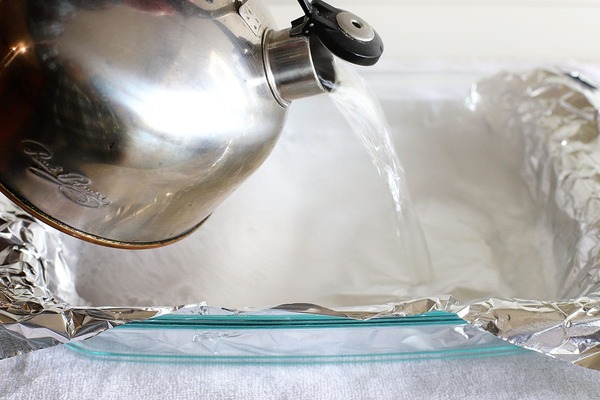
Do your silver coins look dull or dark? It's common for silver to lose its shine over time. But the good news is, you might be able to restore some of that brightness yourself with careful cleaning.
To make silver coins shiny, gently clean them. Start with mild soap and distilled water1 for light dirt. For tarnish, consider a paste of baking soda and water or a commercial silver polish, but use extreme caution as these can damage coins.
Tarnish forms when silver reacts with sulfur, creating a dark layer. Cleaning simply removes this layer. However, you must be gentle. Cleaning too harshly can scratch the coin or lower its value, especially for collectible coins. The right method depends on the coin and the dirt. In my 12+ years running INIMAKER®, making custom metal items, I've learned that protecting the coin's surface is vital.
Here are common methods, from safest to riskiest:
-
Mild Soap and Distilled Water:
- This is the safest method, best for loose dirt or fingerprints, not tarnish.
- How: Place the coin in a bowl of distilled water with a tiny drop of mild dish soap. Let it soak briefly.
- Gently rub only with your fingertips. Never use any brush – even soft ones cause hairline scratches.
- Rinse thoroughly with distilled water.
- Pat dry carefully with a soft, lint-free cotton cloth, or let it air dry on the cloth. Avoid rubbing.
- Note: This won't remove dark tarnish.
-
Baking Soda Paste:
- This can remove light tarnish, but baking soda is slightly abrasive. Use with great care.
- How: Mix baking soda with a little distilled water to form a paste. Apply gently with your finger.
- Rub very lightly. Stop if you feel any grit.
- Rinse completely with distilled water, ensuring no residue remains.
- Pat dry or air dry carefully.
- Warning: Risk of micro-scratches. Many collectors advise against this for valuable coins. Try on a non-valuable coin first if unsure.
-
Commercial Silver Polish:
- These products remove tarnish but can be too harsh for coins, potentially removing silver or leaving residue.
- How: Follow product directions precisely. Usually involves applying with a soft cloth, gentle rubbing, thorough rinsing, and careful drying.
- Warning: Use only polishes designed for delicate silver; avoid industrial cleaners. Absolutely never use silver dips. Dips are acidic and strip the coin's surface, destroying its look and value. Most experts advise avoiding polishes on collectible coins.
-
Professional Conservation:
- For rare or valuable coins, the safest approach is often no cleaning. If cleaning is necessary, a professional coin conservator has the skills and tools to do it safely without harming value.
Quick Tips:
- Always hold coins by their edges.
- Use only soft cotton cloths and distilled water.
- Never use harsh chemicals (vinegar, lemon juice), toothpaste, or steel wool.
- Cleaning can reduce a collectible coin's value. If in doubt, ask an expert.
What's the safest way to clean silver coins without losing value?
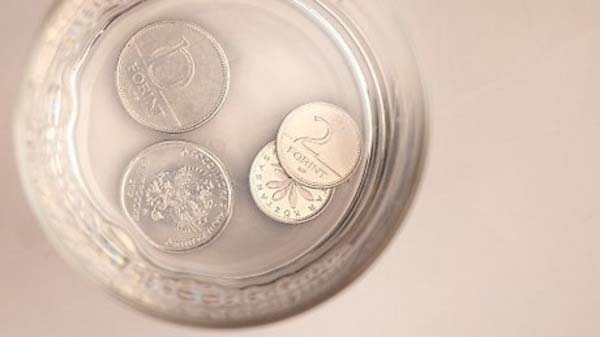
Concerned about cleaning valuable silver coins? Rightly so. Improper cleaning can significantly damage their collector worth. What's the best approach to avoid this?
The safest way involves minimal action. Soak the coin in distilled water. If needed, use mild soap applied gently with fingertips. Avoid all abrasive materials and chemical polishes. For valuable coins, consult a professional conservator before doing anything.
Collector value is heavily tied to a coin's original condition. Natural toning, or "patina," that develops over time can enhance a coin's appeal. Harsh cleaning removes this patina and often leaves small scratches, reducing value.
Value, Safety, and Patina
Why is being gentle so critical?
Tarnish vs. Patina
- Tarnish: The dark coating from sulfur reaction. Often seen as undesirable. Gentle removal might be okay for common coins if done carefully.
- Patina: Attractive toning (color change) developed over long periods. Considered part of the coin's history and adds value. Removing patina reduces value. If unsure, assume it's patina and leave it.
When to Avoid Cleaning
Generally, don't clean if:
- The coin is rare or potentially valuable.
- It has attractive, even toning (patina).
- You plan to sell it (let the buyer decide).
- You intend to get it professionally graded (cleaning leads to a "details" grade).
Safe Handling Basics
- Wash hands or wear cotton gloves.
- Hold by edges only.
- Work over a soft surface.
- Use distilled water.
Basically, the less you do, the safer it is for the coin's value. Distilled water soak is minimal risk. Mild soap is low risk if gentle. Baking soda carries medium risk (abrasion). Polishes are high risk. Acids (vinegar, dips) are very high risk and almost guarantee value loss. For anything potentially valuable, professional advice is best.
Can I use household items like toothpaste or vinegar to clean silver coins?
It's easy to think common cleaners might work on coins. But is using toothpaste or vinegar a good idea for your silver pieces? You should be very careful.
Generally, no. Avoid using household items like toothpaste or vinegar on silver coins. Toothpaste is abrasive and will scratch the surface. Vinegar is acidic and can etch or corrode the metal. Both cause permanent damage and reduce value.
These items seem convenient, but they weren't designed for delicate coin surfaces. They can cause irreversible harm.
Why Household Products Damage Coins
Let's explore why these common items are harmful.
Toothpaste: Abrasive Damage
Toothpaste contains fine abrasive particles designed to scrub teeth. On metal, these particles act like sandpaper.
- Damage: They create numerous tiny scratches (hairlines) across the coin's surface.
- Result: The coin might seem shinier initially, but its original mint luster or patina is gone, replaced by unnatural scratches. This destroys collector value.
Vinegar and Lemon Juice: Acid Damage
Vinegar (acetic acid) and lemon juice (citric acid) are acids. Acids react chemically with tarnish and the silver itself.
- Damage: They can etch the coin's surface, making it look pitted or porous. They strip away metal, harming fine details and the original finish.
- Result: The surface becomes dull and looks unnatural. This damage cannot be undone and ruins collector value.
The Aluminum Foil & Baking Soda Method
This popular online method uses a chemical reaction to remove tarnish. Aluminum foil, baking soda, and hot water create a reaction pulling sulfur off the silver.
- Does it work? Yes, it removes tarnish quickly.
- Damage: It removes all tarnish and patina, good or bad. The coin often looks unnaturally bright, possibly slightly pitted. It cannot distinguish ugly tarnish from valuable toning.
- Result: Experienced collectors easily spot this type of cleaning. It's not recommended for valuable coins.
The safest path remains: distilled water, perhaps mild soap gently applied, or leaving the coin alone. For valuable items, always ask an expert.
Conclusion
Making old silver coins shiny requires gentle cleaning, starting with distilled water. Avoid abrasives like toothpaste and acids like vinegar. Protecting value means minimal intervention. For guaranteed shine on new coins, rely on professional manufacturing with quality plating and protective coatings.
-
Explore this link to learn the safest way to clean silver coins without risking their value, using mild soap and distilled water. ↩

